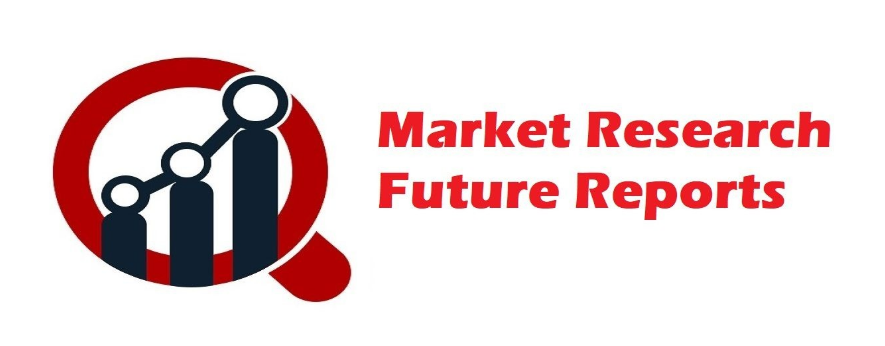U.S. Oncology Drugs Market Size was valued at USD 98.8 billion in 2022. The U.S. Oncology Drugs market industry is projected to grow from USD 114.1 Billion in 2023 to USD 361.4 Billion by 2032, exhibiting a compound annual growth rate (CAGR) of 15.50% during the forecast period (2023 - 2032).
Market Overview:
The United States oncology drugs market is witnessing a profound transformation driven by groundbreaking research, technological advancements, and shifting paradigms in cancer treatment. With cancer prevalence on the rise and an increasing emphasis on personalized medicine, the landscape of oncology drugs in the US is dynamic and evolving. In this article, we delve into the current state of the US oncology drugs market, exploring key trends, challenges, and opportunities shaping its trajectory.
Cancer remains one of the leading causes of mortality in the United States, exerting a significant societal and economic burden. As the population ages and risk factors such as obesity and environmental exposures proliferate, the incidence of cancer continues to climb. Consequently, there is a growing demand for novel oncology drugs that offer improved efficacy, safety, and tolerability profiles compared to conventional treatments.
Advancements in Precision Medicine:
Precision medicine has emerged as a cornerstone of modern oncology, revolutionizing treatment approaches by tailoring therapies to individual patients based on their genetic makeup, tumor characteristics, and other biomarkers. The advent of targeted therapies and immunotherapies has ushered in a new era of precision oncology, enabling more effective and personalized treatment strategies. Biomarker-driven drug development has become increasingly prevalent, with pharmaceutical companies investing heavily in research to identify and exploit molecular targets associated with specific cancer subtypes.
Immunotherapy Revolutionizing Cancer Treatment:
Immunotherapy has emerged as a game-changer in cancer treatment, harnessing the body's immune system to recognize and eliminate cancer cells. Checkpoint inhibitors, chimeric antigen receptor (CAR) T-cell therapies, and cancer vaccines represent some of the innovative immunotherapeutic approaches that have gained prominence in recent years. These therapies have demonstrated remarkable efficacy across various malignancies, offering durable responses and improved survival outcomes for patients.
Challenges and Opportunities in Drug Development:
While the landscape of oncology drugs is characterized by unprecedented innovation, drug development in oncology remains fraught with challenges. Clinical trial design, regulatory hurdles, drug pricing pressures, and market competition pose significant obstacles for pharmaceutical companies seeking to bring novel therapies to market. Moreover, the high attrition rates and long development timelines associated with oncology drug development underscore the need for strategic investment and risk mitigation strategies.
Key Players:
The U.S. oncology drugs market players comprise GlaxoSmithKline Plc, Novartis AG, Merck & Co. Inc., Eli Lilly and Company, Amgen Inc., Bayer, Celgene Corporation, Johnson & Johnson, and Pfizer Inc. These companies play pivotal roles in research, development, and distribution of drugs aimed at combating various forms of cancer. With their substantial investments in innovation and clinical trials, they contribute significantly to advancements in cancer treatment, shaping the landscape of oncology pharmaceuticals in the United States.
Market Segmentation:
The U.S. market for oncology drugs is segmented into various types and applications. In terms of drug types, it encompasses chemotherapy, targeted therapy, immunotherapy (also known as biologic therapy), hormonal therapy, and other miscellaneous treatments. Furthermore, concerning application, the market targets specific types of cancers such as blood cancer, breast cancer, gastrointestinal cancer, prostate cancer, respiratory or lung cancer, alongside other less prevalent cancer types. This segmentation allows for a tailored approach in addressing the diverse needs within the oncology treatment landscape in the U.S.
Emerging Trends and Future Outlook:
The future of the US oncology drugs market trends include the continued expansion of immunotherapy across different cancer types, the advent of novel targeted therapies and combination regimens, the integration of artificial intelligence and big data analytics in drug discovery and development, and the growing emphasis on value-based care and patient-centric approaches. Furthermore, advances in genomics, proteomics, and other omics technologies are expected to drive a deeper understanding of cancer biology and inform the development of more precise and effective therapies.
About Related Reports:
Corneal Surgery Devices Market
Healthcare Archiving and eDiscovery Market
Americas Medical Suction Device Market


